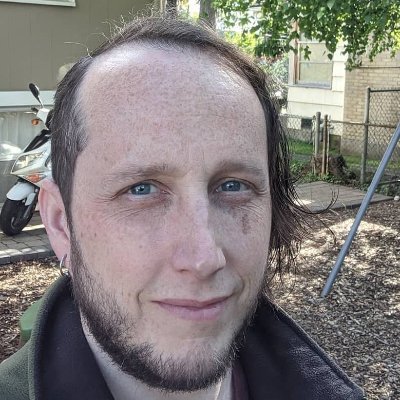Digital curation community
I wrote before about a potential curation technology unconference which has been dubbed CURATEcamp 2010. Not in my wildest dreams could I have imagined just how receptive folks have been to the idea.
An ad hoc planning team – consisting of folks from Penn State, the California Digital Library, the University of California-San Diego, and the Library of Congress – has been hard at work bringing this idea to life. On June 15th, we announced on that registration for the event opened. Eight days later, we announced that all seventy-five slots had been filled. Fret not, though; you can still be added to a waitlist.
The camp is now yours, digital curation community – let’s see what you’ve got.
CURATEcamp 2010 is but one of many events within our community. I’d like to highlight some others.
- Delphine Khanna (UPenn) and Stephen Abrams (CDL) have planned a microservices BOF session at Open Repositories 2010. It will focus on discussion of community around curation microservices.
- Peter Van Garderen has proposed a microservices BOF at iPRES 2010.
- Delphine Khanna has proposed a pre- or post-conference session on curation microservices for the DLF Fall Forum this November.
- Patricia Hswe, Declan Fleming, and I have had a workshop proposal accepted for IDCC10, and the provisional name for this workshop, a full-day unconference, is CURATEcamp II.
Whereas CURATEcamp 2010 focuses on the curation microservices approach, CURATEcamp II is a bit more general.
ABSTRACT: As the community of digital curation practitioners has grown, so has the need for collaboration and community. A small number of communities have been formed around digital curation, a few of which focus on the technical aspects of the practice. Extant communities address the implementation and support needs of specific curation platforms, without broader focus on common services and potential points of intersection. There is however a rich ecosystem of tools, practices, and standards around these platforms, and some that require no such platforms, that have potential to benefit the wider community of practitioners. CURATEcamp II is an unconference-style workshop for practitioners of digital curation to share best practices and discuss tools and technologies in a free-form and highly interactive forum. Topics of interest might include identifiers, versioning, transfer, packaging, object structure, filesystem usage, archiving / storage, metadata standards / vocabularies, discovery, and interoperability. The unconference format ensures that all participants are actively engaged in the workshop and gives everyone an opportunity to contribute. Activities may include roundtable discussions, presentations, whiteboard sessions, collaborative software development, and whatever else emerges from the collective creativity of participants.
AIMS: CURATEcamp II is an opportunity to build a community of practice around curation tools, that bridges system-specific gaps that have formed in the community. It will encourage discussion about curation tools and practices across software-, project-, and institution-specific boundaries, and attempt to identify best practices and points of collaboration across these boundaries. The community that CURATEcamp II nurtures is intended to persist beyond the end of the IDCC, so another point of discussion will be around how to maintain connections between face-to-face gatherings. The informal approach of CURATEcamp II might also serve as a way to model knowledge sharing for the curator community, not unlike what occurs at BarCamp events, which are loosely structured but highly productive participatory sessions.
AUDIENCE: CURATEcamp II will be of interest to digital curation practitioners (curators and technologists alike), especially those who have been using and building tools and architectures, and digital curators with experience assessing or evaluating curation tools and services.
This is an exciting time to be working in the digital curation community! Wondering how to get involved? Hop on over to the digital-curation Google group and join the discussion; it’s just getting started.
P.S. CURATEcamp 2010 would not be happening without the active engagement of all the folks doing the planning. Thanks to: Declan from UCSD for proposing the idea for the camp over Belgian beer at the Thirsty Monk during Code4Lib 2010; Dan from LC for focusing on the practical; Ed from LC for evangelism and support; Perry from CDL for all of his work with the conference venue and the registration system; my colleagues at Penn State for their support; and both Penn State and CDL, without whose contributions and commitment the camp would not have been possible.
